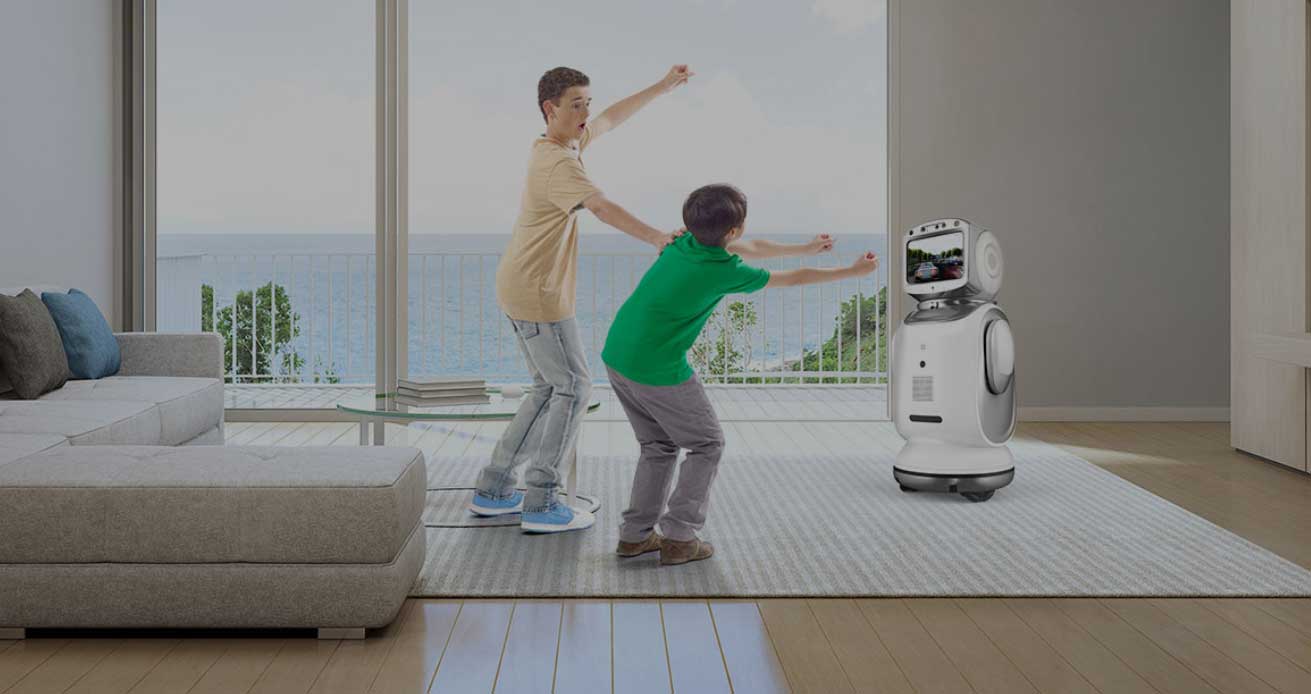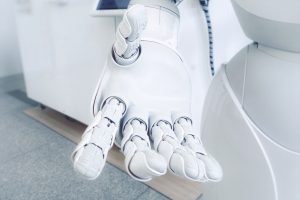Cobots, or co-robots, are robots designed and conceived to physically interact with humans in a workspace; the term “cobot” derives from collaborative robot.
Cobots have seen an exponential growth in recent years: if at the beginning it was a technology received at least in part with skepticism, today collaborative robotics represents the fastest growing robotics sector.
Cobot, historical background
Cobots were invented in 1996 by two Northwestern University professors, J. Edward Colgate and Michael Peshkin; the term cobot was coined by Brent Gillespie, a researcher at the same university: cobot was chosen by the Wall Street Journal as one of the “The words of the future”, in 2000.
A 1997 US patent describes cobots as “an apparatus and method for direct physical interaction between a person and a computer controlled manipulator”.
The cobots were the result of a General Motors initiative aimed at implementing robotics in the automotive sector: the purpose was to find a way to make robots (or similar equipment) collaborate with workers.
The first cobots had no internal source of motor power, which was instead provided by the human; the function of these cobots was to allow computerized motion control by guiding a payload in cooperation with the worker. Later cobots were endowed with limited amounts of motor power; to have the first light cobot equipped with its own motor power supply we have to wait until 2004, when KUKA, a German company pioneer in robotics, launches the LBR3 model.
In 2008 UR5 was released by the Danish company Universal Robot: it is the first robot capable of operating alongside the workforce in safety, eliminating the need for barriers.
This innovative cobot opens the era of flexible collaborative robots, affordable and easy to use, also offering SMEs the opportunity to use them.
Collaborative production applications
The International Federation of Robotics (IFR), a professional non-profit organization founded in 1987 to promote, strengthen and protect the robotics industry worldwide, recognizes two types of robots: industrial robots used in automation and service robots, for professional and domestic use.
The IFR has defined four types of collaborative production applications:
- Reactive collaboration: the robot responds to the movement of the worker in real time;
- Cooperation: man and robot are both in motion and work at the same time;
- Sequential collaboration: man and robot share part or all of a workspace, but do not work at the same time;
- Sequential collaboration: man and robot share part or all of a workspace, but do not work at the same time;
Cobots: a contribution for companies in the post Covid-19 recovery
Collaborative robotics can make a decisive contribution to the post-Covid recovery to companies in different sectors. In fact, it has become essential to minimize interpersonal contacts: cobots can come into play, for example, by reducing the risks associated with the presence of several workers at the same time in certain areas.
Find out more about collaborative robotics or contact us for more information on Vivaldi, the artificial intelligence that we have developed to make robots and humans interact naturally.






